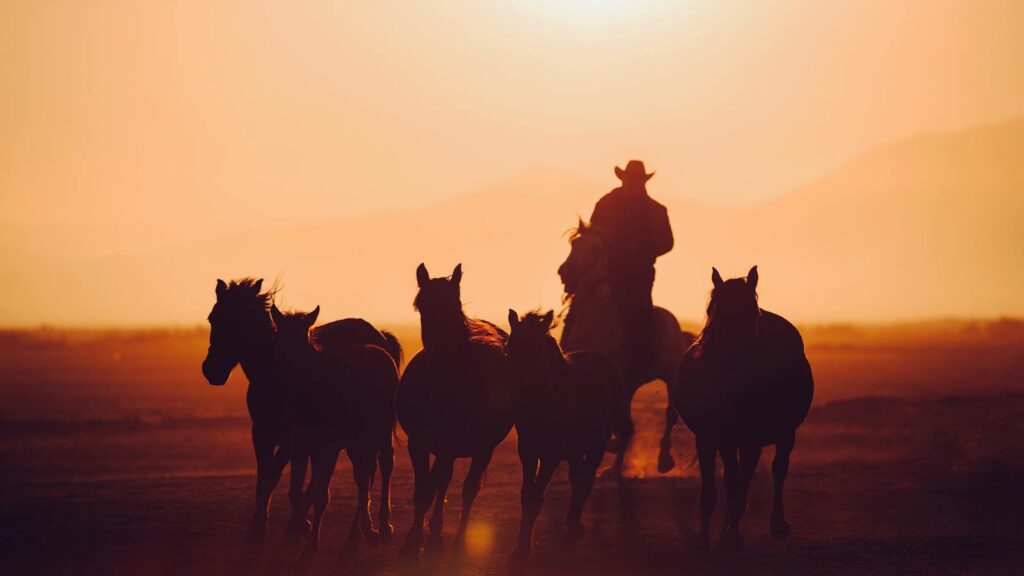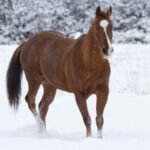Beneath wide-open skies and across sweeping plains, the iconic image of the cowboy astride a faithful horse has captivated our collective imagination for generations. Yet behind this romantic portrait lies a complex relationship shaped by centuries of human-horse interaction. The truth about cowboy riding extends far beyond Hollywood portrayals, rooted in practical necessity, mutual communication, and a deep understanding of equine psychology. This article explores the authentic connection between cowboys and their horses, examining how traditional horsemanship practices align—or sometimes conflict—with our modern understanding of horse behavior, cognition, and welfare. By uncovering these realities, we gain not only historical appreciation but also insight into more effective and compassionate equine partnerships.
The Historical Evolution of Cowboy Horsemanship

The roots of American cowboy riding techniques stretch back to Spanish vaquero traditions, which were themselves influenced by Moorish horsemanship dating to the 8th century. When these methods reached the Americas, they evolved to meet the demands of managing cattle across vast and challenging terrains. Native American horse cultures also contributed significantly to what would become cowboy riding styles, particularly in their minimal equipment approaches and intuitive communication methods. By the 19th century, regional variations had developed across the American West, with distinct differences in saddle design, rein handling, and training philosophies emerging from Texas to California. This rich tapestry of influences created not a single cowboy riding style, but rather a diverse collection of approaches united by practicality and effectiveness in working environments.
Understanding Natural Horse Behavior
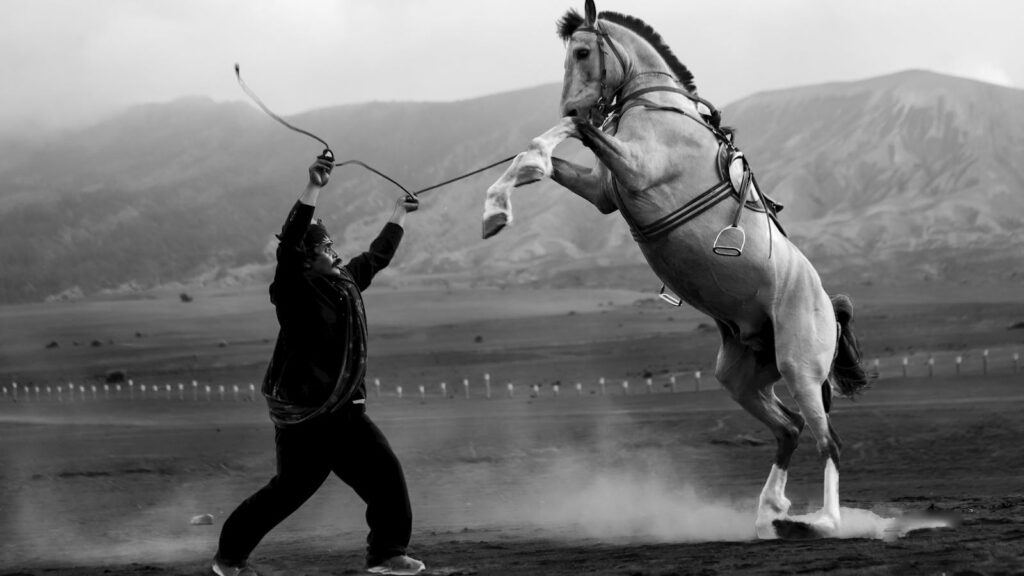
Horses are prey animals whose survival instincts shape every aspect of their behavior and responses to humans. In natural settings, horses live in social herds with clear hierarchical structures, providing them security through collective vigilance against predators. Their extraordinary sensory capabilities—particularly their nearly 360-degree vision and acute hearing—make them exquisitely sensitive to environmental changes and potential threats. Flight is their primary defense mechanism, with the average horse capable of accelerating from standstill to gallop in just seconds. These instinctual responses remain hardwired even in domesticated horses, explaining why seemingly minor stimuli like fluttering plastic bags or sudden movements can trigger dramatic reactions. Successful horsemanship, whether traditional or modern, fundamentally depends on working with rather than against these innate behavioral patterns.
The Psychology Behind Horse Training
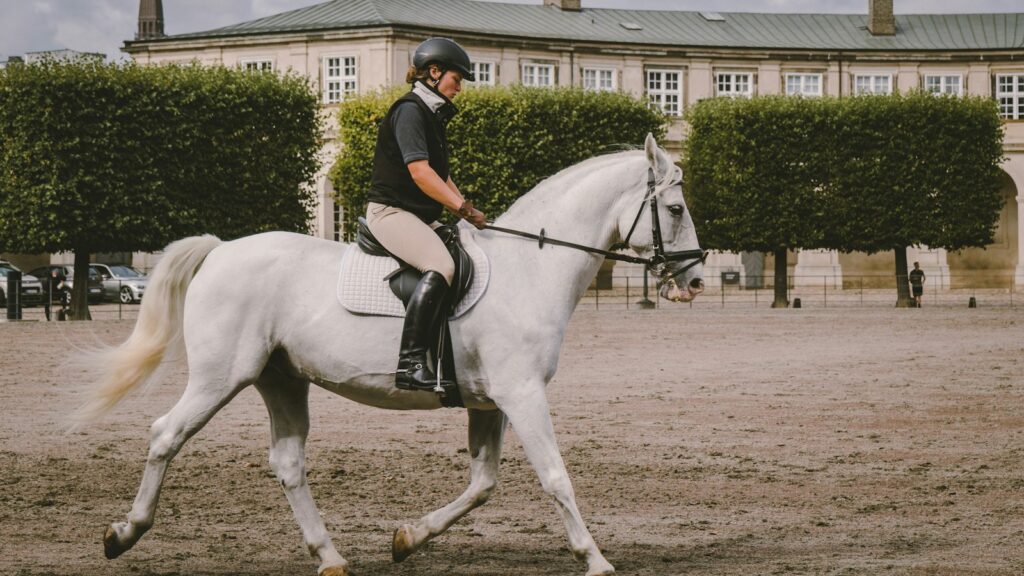
Effective horse training leverages the animal’s natural learning processes rather than imposing human concepts of reasoning. Horses excel at associative learning, forming connections between specific actions and their immediate consequences through both positive and negative reinforcement. Timing is absolutely critical in this process—rewards or pressure releases must occur within seconds of the desired behavior to establish clear associations in the equine mind. Traditional cowboy methods often relied heavily on pressure-release techniques, where the horse learns to seek comfort through compliance. Modern understanding of equine cognition has revealed that horses possess emotional intelligence, strong memory capabilities, and individual personality traits that significantly influence their trainability. The most successful trainers, both historical and contemporary, intuitively recognize these psychological aspects and adjust their approaches to each horse’s unique disposition and learning style.
Traditional Cowboy Equipment and Its Purpose
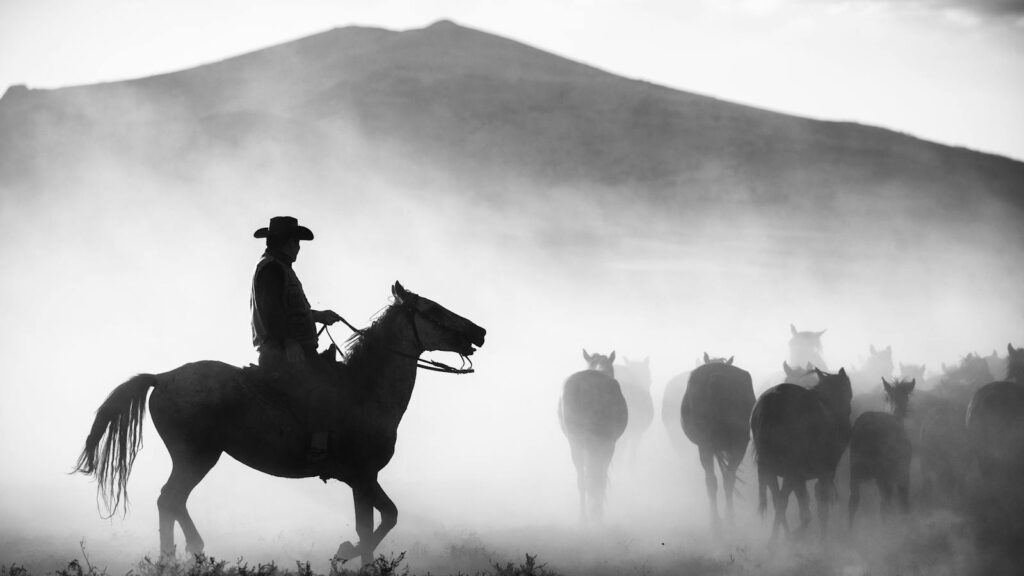
Every piece of traditional cowboy riding equipment was designed with specific practical functions rather than for aesthetic appeal. The high-cantle, deep-seated western saddle distributed the rider’s weight more evenly across the horse’s back while providing security during the abrupt movements necessary for cattle work. Seemingly severe-looking bits, like the spade bit used in the California vaquero tradition, weren’t intended for harsh control but rather for refined communication through subtle rein movements by experienced hands. Hobbles, lariats, and other working tools each served essential functions in environments where a cowboy’s life could depend on reliable equipment. Even decorative elements like silver conchos and tooled leather evolved from practical origins—the silver prevented leather from cracking in harsh conditions, while tooling patterns reinforced stress points. Understanding the functional design behind these traditional tools provides important context for evaluating their use in modern horsemanship.
Communication Systems Between Rider and Horse

The sophisticated communication system between cowboy and horse relies on multiple coordinated signals working in harmony. Far beyond simple rein pulls and leg kicks, traditional horsemanship utilizes weight shifts, breathing patterns, and even the rider’s focus direction to convey intentions to the horse. Accomplished cowboys develop what appears almost as telepathic connection with their mounts, using increasingly subtle cues that become nearly invisible to observers. This communication system operates on what modern trainers call the “pressure and release” principle, where the horse seeks relief from pressure (physical or psychological) by moving in the desired direction. At its highest levels, this communication achieves such refinement that the horse responds to the rider’s slightest intention, creating the seamless partnership observed in skilled working teams. The development of this nuanced language between human and horse represents perhaps the most significant achievement of traditional horsemanship traditions.
The Reality of “Breaking” Versus Gentling
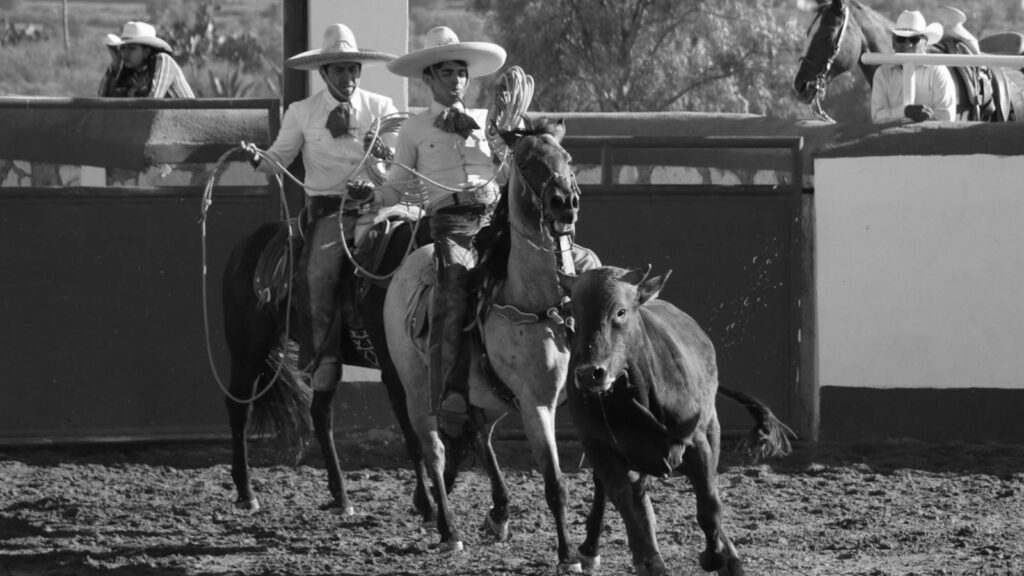
Historical depictions of cowboys “breaking” wild horses often emphasize dramatic bucking sessions and forced submission, yet this represents only one approach among many in traditional horsemanship. The most skilled horsemen throughout history actually preferred gentling methods that worked with the horse’s psychology rather than overwhelming it through force. These gentler approaches took more time but produced more reliable partners with fewer behavioral problems. Contrary to popular perception, many Native American and Hispanic traditions emphasized patient handling and progressive training rather than spectacular confrontations. Today’s natural horsemanship movement actually rediscovered many principles that the best traditional trainers had practiced for generations before the mechanization of ranching. The distinction between breaking and gentling ultimately reflects the difference between creating temporary compliance through fear versus building willing partnership through consistent, fair leadership.
The Physical Impact of Riding on Horses

Mounting evidence from equine sports medicine reveals that riding inevitably creates biomechanical stress on horses, regardless of discipline or style. The equine spine wasn’t evolutionarily designed to carry human weight, with research showing measurable pressure effects particularly at the withers, loins, and under the rear panels of saddles. Traditional cowboy saddles, with their weight distribution across larger panels, can actually reduce pound-per-square-inch pressure compared to smaller English designs. Proper conditioning, appropriate weight ratios between horse and rider, and regular saddle fitting assessments all critically affect the horse’s long-term soundness. Even with optimal equipment, horses performing repetitive movements like cutting cattle experience predictable patterns of joint and soft tissue stress over time. Understanding these physical impacts allows riders to implement appropriate conditioning programs, rest periods, and supportive care to extend their horses’ working lifespans.
Stress Responses and Horse Welfare

Horses communicate their stress and discomfort through subtle behavioral changes that observant handlers must learn to recognize. Early warning signs include elevated head position, increased muscle tension, tail swishing, and changes in breathing patterns—signals that traditional cowboys called “reading” a horse. Chronic stress triggers physiological responses like elevated cortisol levels and compromised immune function, potentially leading to health issues and behavioral problems like cribbing or weaving. Working environments inevitably expose horses to numerous stressors, from trailer loading to encountering new livestock or terrain. The most effective cowboys develop handling methods that minimize unnecessary stress while progressively building their horses’ confidence through graduated exposure to challenges. This balance between necessary work demands and protection from excessive stress represents one of the most nuanced aspects of ethical horsemanship in both historical and contemporary contexts.
Modern Science Meets Traditional Wisdom

Recent equine research has validated many traditional cowboy practices while challenging others through objective measurement and observation. Studies on equine learning have confirmed the effectiveness of pressure-release timing that skilled cowboys intuitively mastered. Biomechanical analysis has revealed why certain riding positions promoted in traditional schools create more balanced movement and less physical strain. Conversely, some traditional beliefs about dominance and “respect” have been reframed through more nuanced understanding of horse social behavior and motivation. Progressive trainers today blend evidence-based approaches with time-tested techniques, recognizing that both science and tradition offer valuable insights. This integration produces hybrid methodologies that honor horses’ natural behavior while meeting human working needs, often achieving better results than either approach in isolation. The most successful modern horsemen maintain humble willingness to learn from both scientific research and generational wisdom.
Regional Variations in Cowboy Horsemanship
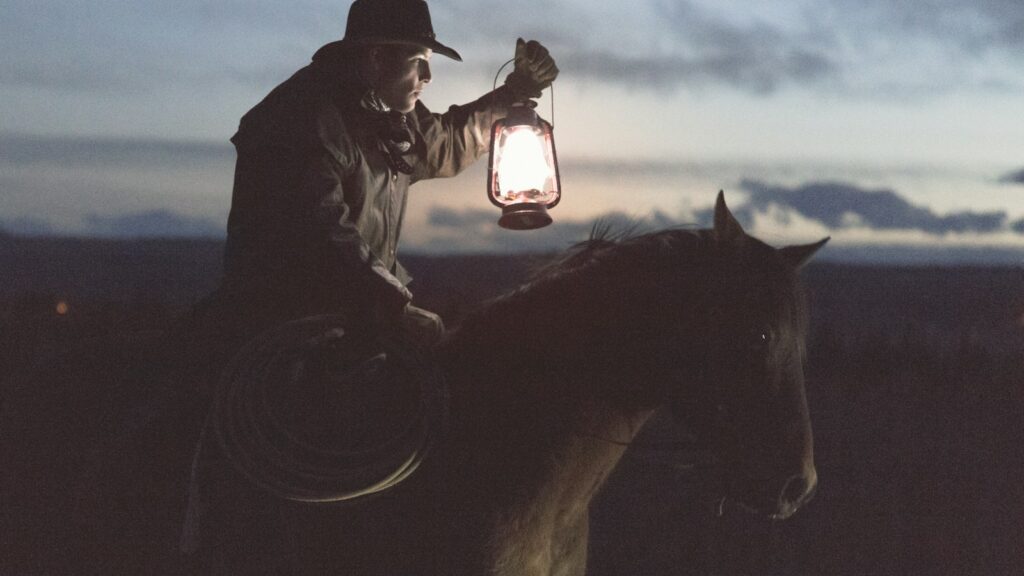
Distinct regional styles of cowboy horsemanship developed across North America in response to different terrain, climate conditions, and working requirements. The Texas tradition, influenced by Mexican vaqueros, emphasized one-handed riding with longer reins and heavier bits for controlling cattle in brush country. By contrast, the buckaroo traditions of the Great Basin featured two-handed riding phases during training, eventually progressing to neck reining with lighter bits once horses achieved advanced training. Canadian cowboy methods adapted to colder conditions with different equipment considerations and horsemanship approaches suitable for working in snow. These regional variations extended beyond riding techniques to include different approaches to horse selection, with some areas favoring smaller, more agile mounts while others preferred stronger, heavier types for different terrain and cattle. Each regional style represents a sophisticated adaptation to specific environmental challenges rather than arbitrary differences in approach.
Common Misconceptions About Horse Behavior
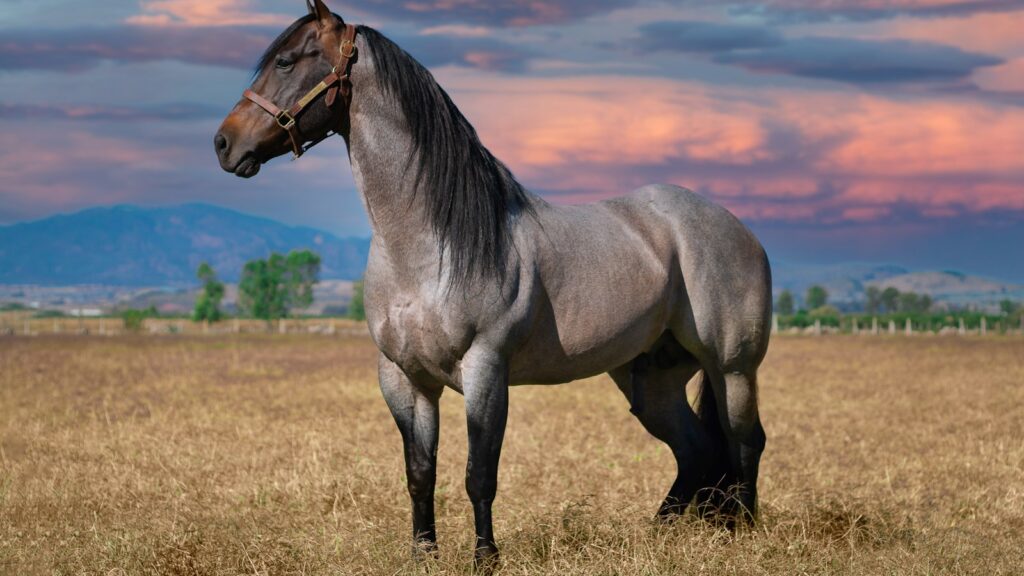
Popular culture perpetuates numerous myths about horse behavior that conflict with scientific understanding and can lead to problematic handling approaches. Contrary to common belief, horses don’t kick or bite out of malice or “disrespect,” but rather from fear, pain, or learned defensive responses. The concept that horses seek “dominance” over humans misapplies observations about herd dynamics, where relationships are far more complex than simple hierarchies. Another widespread misconception holds that horses inherently “love” certain activities when they actually tolerate them through training and habituation. Perhaps most dangerous is the belief that fearful responses indicate stubbornness requiring firmer handling, when force typically escalates rather than resolves fear-based reactions. These misconceptions can lead well-intentioned riders to misinterpret normal equine behaviors, potentially damaging the human-horse relationship and creating safety risks for both parties.
Sustainable Working Horse Practices

The traditions of working horse management developed by career cowboys offer valuable lessons in sustainable equine stewardship. Skilled cowboys recognized that horses required regular rest periods, appropriate nutrition, and careful conditioning to maintain working capacity throughout long careers. Traditional herd management approaches included rotational grazing systems that preserved rangeland health while meeting equine nutritional needs. Working schedules typically alternated horses to prevent overuse, with ranch remudas (horse herds) sized to ensure adequate recovery between work sessions. Experienced horsemen developed sophisticated knowledge of preventative care, from strategic shoeing practices to early intervention for minor injuries before they became serious conditions. These traditional approaches align remarkably well with modern veterinary recommendations for sustainable horse management, demonstrating the practical wisdom embedded in systems that evolved to maintain horses’ working soundness under challenging conditions.
The Future of Cowboy Horsemanship in Modern Times
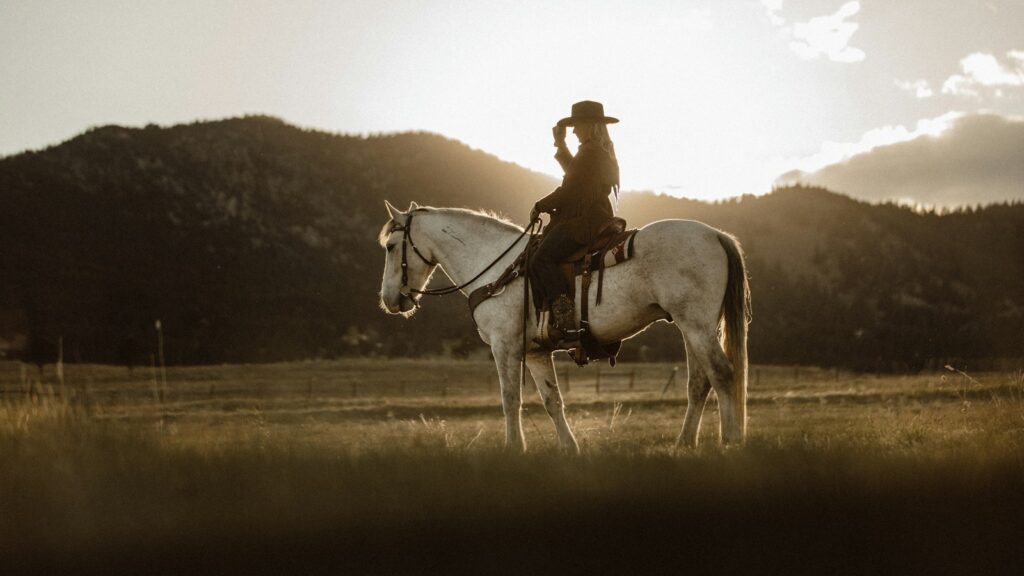
As working ranches increasingly incorporate technological innovations, the role of horses in cattle operations continues to evolve rather than disappear entirely. Horses retain irreplaceable advantages in certain terrain and situations where mechanical vehicles cannot safely or effectively operate. Contemporary ranch operations often blend traditional horsemanship with modern livestock handling theories, creating hybridized approaches that honor heritage while embracing evidence-based improvements. Beyond working contexts, traditional cowboy riding disciplines like cutting, reining, and ranch versatility have transformed into popular competitive sports that preserve these skills for future generations. Educational programs focusing on historical horsemanship methods are experiencing renewed interest as riders seek authentic connections to equestrian heritage. This ongoing evolution suggests not the disappearance of cowboy horsemanship, but rather its adaptation to contemporary contexts while maintaining core principles developed through generations of practical experience.
conclusion
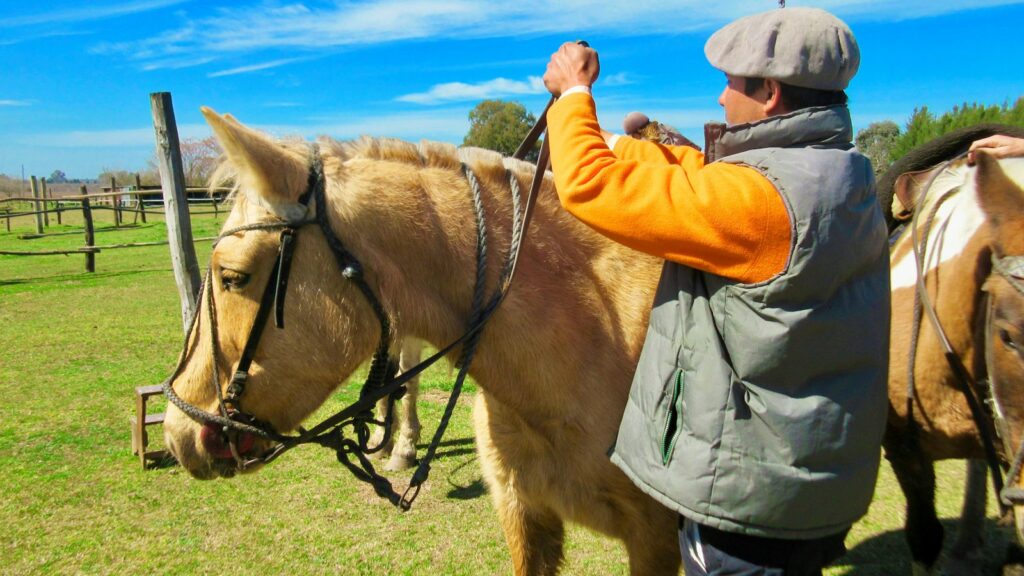
The relationship between cowboys and their horses represents one of humanity’s most enduring working partnerships, developed through centuries of practical necessity and refined understanding. While Hollywood may glamorize this connection, the reality involves nuanced communication, mutual trust, and sophisticated knowledge of equine behavior. Today’s best horsemanship practices honor this tradition while incorporating modern welfare considerations and scientific insights. By understanding both the historical context and behavioral science behind cowboy riding techniques, we gain appreciation for this cultural heritage while advancing more ethical and effective approaches to partnership with these remarkable animals. The true legacy of cowboy horsemanship lies not in dominating horses, but in the pursuit of genuine cooperation between species—a worthy aspiration for all who work with horses in any discipline.

